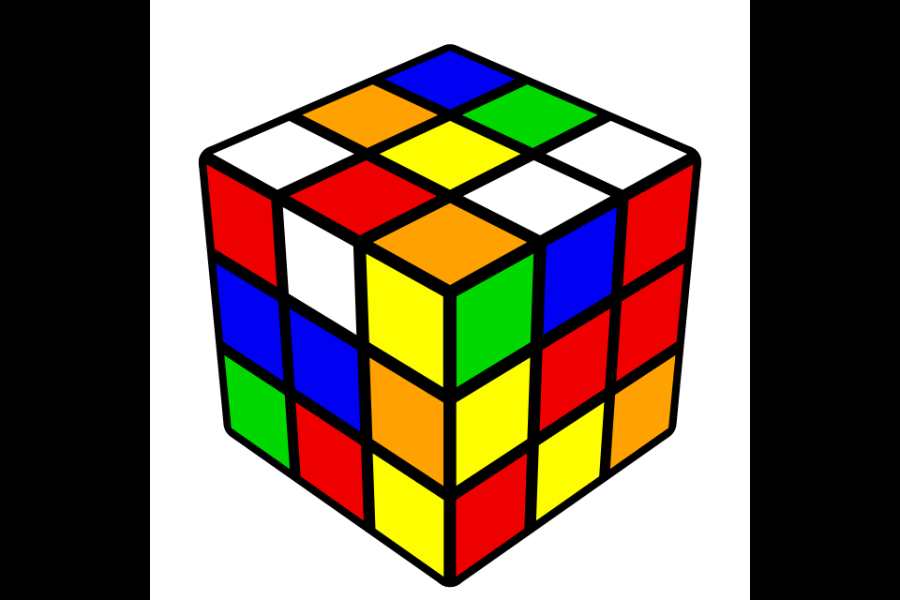It is not just fun and games. The Rubik’s cube, a three-dimensional combination puzzle that was invented 50 years ago, might seem like a mere plaything, but psychologists have shown that solving the puzzle improves attention, memory, pattern recognition, and the visual-spatial functioning of the brain. Unlike digital gaming, it does not titillate the senses through constant stimuli. Instead, it encourages goal-oriented and determined action with persistence. Its enduring appeal even in the age of the internet with its surfeit of audio-visual and virtual-reality games speaks volumes about the ingenious challenge posed by this seemingly simple cube. Indeed, the Rubik’s cube is not the only game that can sharpen the mind and impart life lessons. Take chess, for instance. The game, which is recommended by psychologists and life coaches alike for honing mental acuity and imparting strategic and existential wisdom, has been around for at least 1,500 years in some form or another and is still the best-selling board game worldwide. One does not necessarily need a physical game to oil the cogs of the mind. A study by UNICEF shows that even playing ‘make-believe’ with children can also boost creativity and promote problem-solving abilities.
Be it with toys such as the Rubik’s cube or Lego — this game is even older than the former at 91 years — or by conjuring up an imaginary world, play is essential for the development of children and the young because it contributes to cognitive, physical, social and emotional well-being. Despite the obvious benefits derived from play, time for it has been markedly reduced for most children across the world. A recent study revealed that one in three children globally now spends less than three hours a week playing; this figure was nearly three hours a day just a few decades back. The alarming slide can be attributed to many things — academic pressure in a world where resources are scarce and examination marks alone denote success as well as the widespread enchantment with social media are just two of these causes. Yet, several studies have underlined how play time actually improves performance in other spheres of life. Playing with toys, specifically, is a sensory experience that can be healing — in fact, ‘adult play’ has begun to emerge as a wellness trend with appointed ‘joy strategists’ teaching adults to rediscover the joy of play once again.
However, it is not just the rat race of life that is stealing the pleasures — and the benefits — of playtime from children and adults. Even those who do spend long hours playing are hooked to computer games and the world of virtual reality. Besides the adverse health effects of such new technology, this has brought about another fundamental shift in the idea of play: it has become all about winning. Perhaps this is why there are now ‘hacks’ — a detailed sequence (read, cheat code) of moves that always yields results — to solve the Rubik’s cube. The entire purpose of the cube — challenging one’s mind — has been defeated by the desire to succeed, by hook or by crook. While winning and losing have both been part a part of playing, making competition the essence of playing is to lose its spirit.










